One of the things that distinguishes birds from all other types of animal is feathers. This page contains facts about bird feathers, and is part of our Bird Series.
Bird Feather Facts
When out walking in the countryside, or even in the town, you’ll often see discarded bird feathers lying on the ground. Although they’re easy to overlook, these amazing structures are worthy of closer investigation.
Birds rely on their feathers not just for flight, but also for insulation, communication and many other things. On this page you’ll learn about what makes bird feathers so special …
Feathers
Birds are the only living animals to have feathers. Notice that the word ‘living’ has been emphasized. That’s because another famous group of (now extinct) animals also had feathers … the dinosaurs (or at least some of them).
As you’ll know from reading our ‘what is a bird’ page, birds are descended from dinosaurs. In fact, most scientists today actually consider birds to be dinosaurs.
Feathers weren’t originally for flight
Some of the dinosaur feathers that have been found are near-identical to those belonging to modern birds. This tells us that the original function of feathers was not for flight. We know this because many of the dinosaurs that had feathers were far too large and lacked the other physical adaptations necessary for flying.
For example, dinosaurs related to Tyrannosaurus Rex had feathers, and many scientists now assume Tyrannosaurus Rex itself had feathers. Can you image T Rex flapping its tiny arms and propelling itself skywards?
Neither can we!
A Possible History Of Feathers
Feathers must therefore have originally evolved for another reason. At first, feathers probably simply provided insulation. After that they may have adapted to help dinosaurs balance or to change direction quickly while fleeing from predators (or while chasing prey). Over the years feathers may then have undergone further adaptations to allow dinosaurs to glide from tree to tree.
Finally, flying dinosaurs appeared. Their feathers, in combination with many other physical changes – including arms that by now had become wings – allowed them to lift themselves from the ground and power themselves through the air.
- Love dinosaurs? Visit our awesome dinosaur section.
A Modern Bird’s Feathers
As well as being necessary for flight, a modern bird’s feathers have many other uses. Below is a list of the many benefits of having feathers.
What Are Feathers For?
Temperature regulation. A bird’s feathers play an important part in keeping its body at the right temperature. When feathers first appeared on dinosaurs, it’s likely that this was their primary function.
Protection. Feathers protect the bird’s body from scrapes and bumps.
Waterproofing. A bird’s skin is almost entirely covered with feathers. Not only do feathers help to keep the bird warm, but they also provide water-proofing.
Communication & Display. Bird feathers are used in communication and display. Think of a male peacock’s magnificent tail. This shows a female peacock how fit and healthy he is. The males of many bird species use their colorful plumage to attract mates.
Camouflage. The plumage of many birds provides excellent camouflage. Both predators and prey need to remain hidden – for different reasons!
Sensory input. A special type of feather, called a filoplume, collects information such as how wind is moving over a bird’s body. Some birds, such as nightjars, have bristle-like feathers around their mouths which may help them to capture insect prey.
Nesting Material. Some birds pluck their feathers and use them to insulate their nests. An example of a bird that does this is the eider, a large duck. The eider’s soft feathers are known as eiderdown, and are used by humans to make bedding and other products
What Are Bird Feathers Made Of?
Feathers are made of keratin, the same material out of which a reptile’s scales and claws are made.
The Different Types Of Bird Feather
Birds have many different types of feather, but they’re all either one of two main types: contour feathers and down feathers.
- Contour feathers are rigid and form the ‘shape’ of the bird. A bird’s body, tail and wing feathers are all contour feathers.
- Down feathers grow under the contour feathers. They are soft and fluffy. Down feathers provide insulation. For water birds, they also provide buoyancy.
The scientific name for the central shaft of a feather is the ‘rachis’. The hair-like projections either side of the rachis are called barbs.
The barbs of a contour feather are held in place with interlocking hooks, a bit like Velcro. This keeps the contour feather stiff, and ensures that it won’t lose its shape when the bird is flying.
When a bird preens its contour feathers with its beak, it is not only cleaning them. It is also locking the hooks back into place.
The barb of a bird’s down feathers aren’t locked together. This is why down feathers are soft.
Feather Names
The long, stiff feathers on the tip and trailing edge of a bird’s wing, and on its tail, are known as flight feathers. They generate lift and power for flying.
There are two types of flight feather on a bird’s wing: primaries and secondaries. The primaries are connected to the ‘hand’ part of the bird’s wing. The secondaries are connected to the inner part of each wing. Collectively, the primaries and secondaries are known as the remiges.
Covering the flight feathers at the front of the wings and tail are shorter feathers called coverts.
A bird’s tail feathers are known as retrices.
Some birds have crests – longer feathers that stick out above or behind the back of the head. Some birds can raise or lower their crests as a form of communication.
Preening & Bathing
As we’ve found, a bird’s feathers are incredibly important to its survival. Birds spend a lot of time looking after their feathers, making sure that they’re in tip-top condition.
Birds have a special area on their backs (just above their tails) called a preen gland. This produces an oily substance that protects the feathers from bacteria and fungus, and also keeps feathers waterproof.
Birds bathe themselves in water and dust and even use swarming ants to clean their feathers. It is thought that all of these activities help to remove parasites from the all-important flight feathers.
Molting (Moulting in British English)
Imagine putting on a new coat in the morning then spending the day jumping through hedges, climbing rocky cliffs, hunting for animals to eat, escaping from animals that want to eat you, and building a house out of branches that weigh almost as much as you. Now imagine what your new coat would look like in the evening!
A bird’s feathers have to put up with this kind of abuse on a daily basis. Over time they inevitably become worn or damaged. For this reason a bird’s feathers are completely replaced at least once a year. This process is called a molt (or moult in British English).
Feathers emerge from holes in the bird’s skin called follicles. During a molt, the new feathers simply push the old feathers out of the existing follicle.
How and when a bird molts depends on the lifestyle of that species. While molting a bird may lose some of its speed or mobility. To reduce the negative effect of a molt, the feathers of most birds are replaced in sequence. For example, a bird’s tail feathers are replaced from the center outwards.
Some birds – puffins, for example – are left entirely flightless while molting. During this time they are restricted to swimming on the sea, counting the days until they are once again able to take to the skies.
In many species, molting is not only about replacing worn feathers, but also about changing the bird’s appearance. The males of many bird species molt to reveal a colorful breeding plumage, which is entirely different to their winter plumage.
Bird Feather Facts: Conclusion
We hope that this page has opened your eyes to the importance of feathers, their origins, and their many uses. The next time you see a bird preening itself you’ll know that it’s not vanity that drives a bird to look after its plumage; it’s more a matter of life or death!
More bird information at Active Wild:
- Become a bird expert: visit our main Bird Facts Page
- Bird brains or wise owls? Find out here: How Intelligent Are Birds?
- Discover the world's most amazing birds here: Amazing Birds List With Facts & Pictures
- Find out about birds down under! Amazing Birds Of Australia


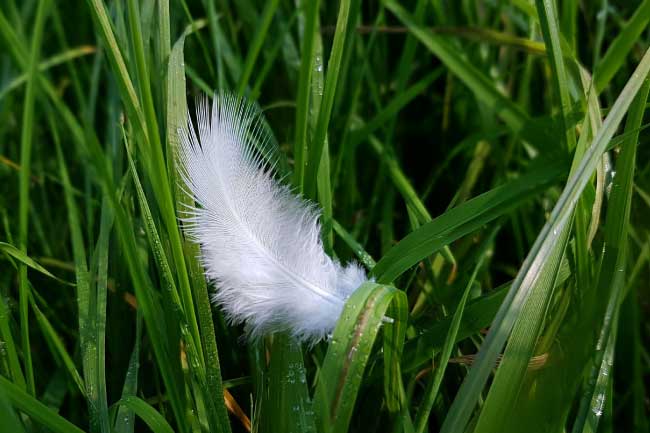
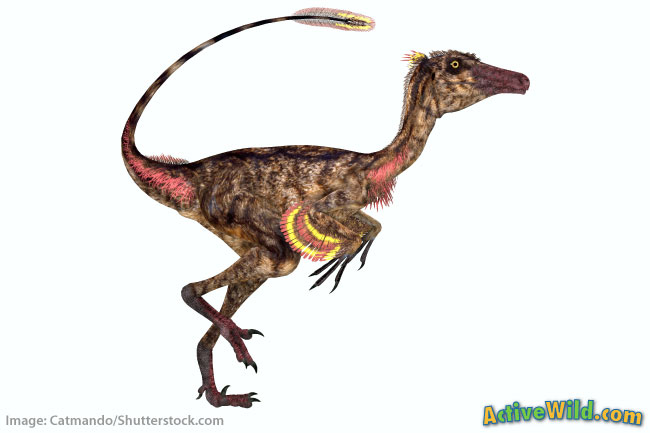
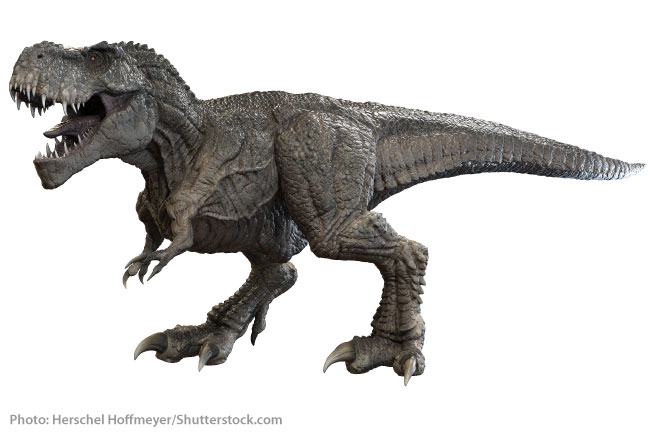
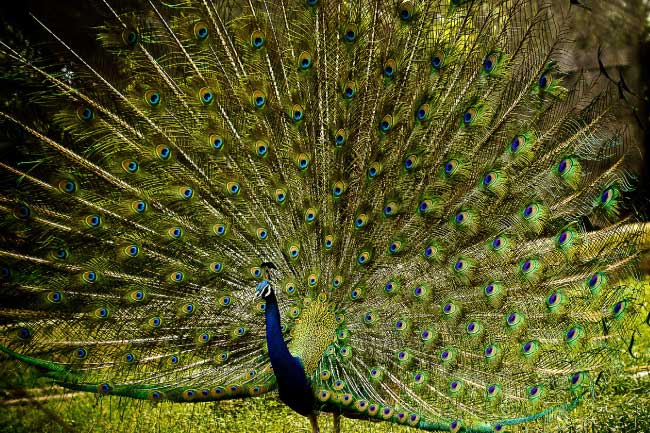
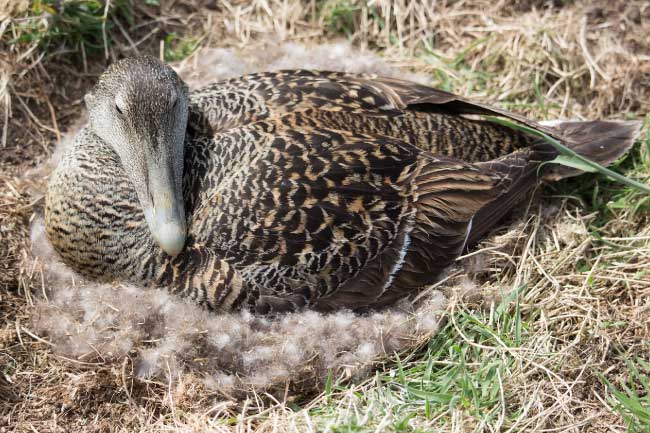
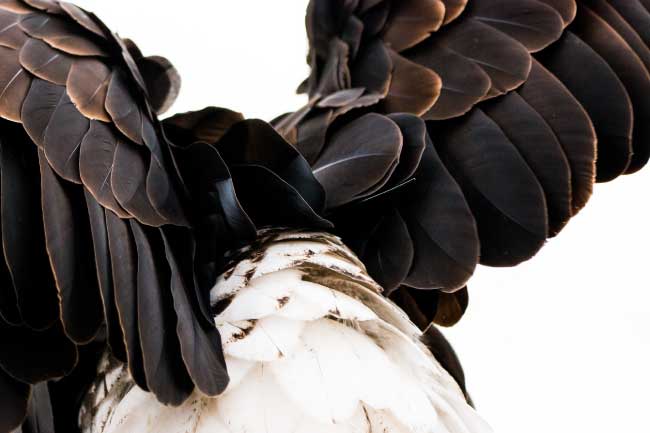
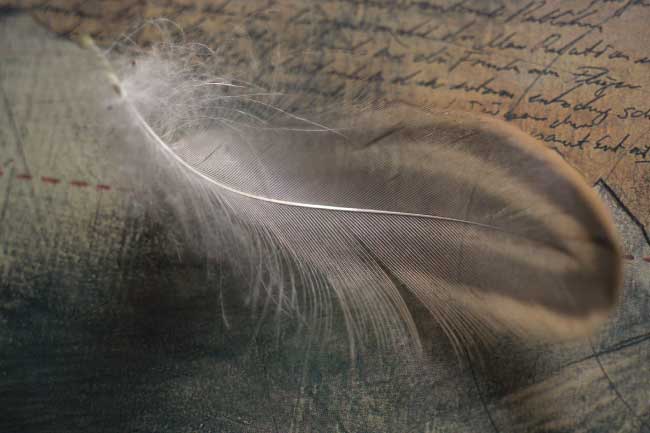

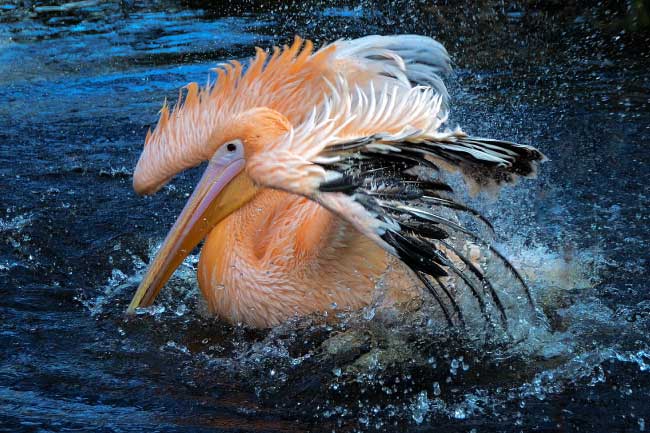
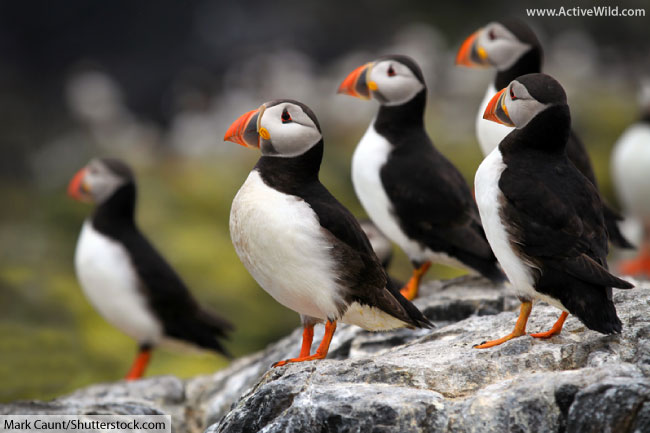

I am 10 years old and am supposed to believe birds descended from Dinosaurs? And Santa Claus and the tooth fairy are real? There is not enough time for Dino to
transition into a bird. Even I know that it would take thousands of mutations to do so and that the majority of these mutations are detrimental. My dad is a paleontologist who once believed this. But after years and years of field study, he said “couldn’t happen”. “The second law of Thermodynamics clobbers the idea.” Every part of a feather shows marvelous design. Dino bones and bird bones are very dissimilar.